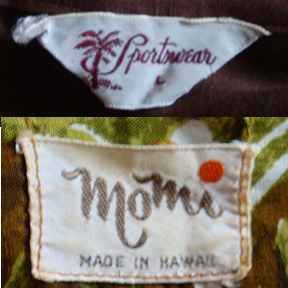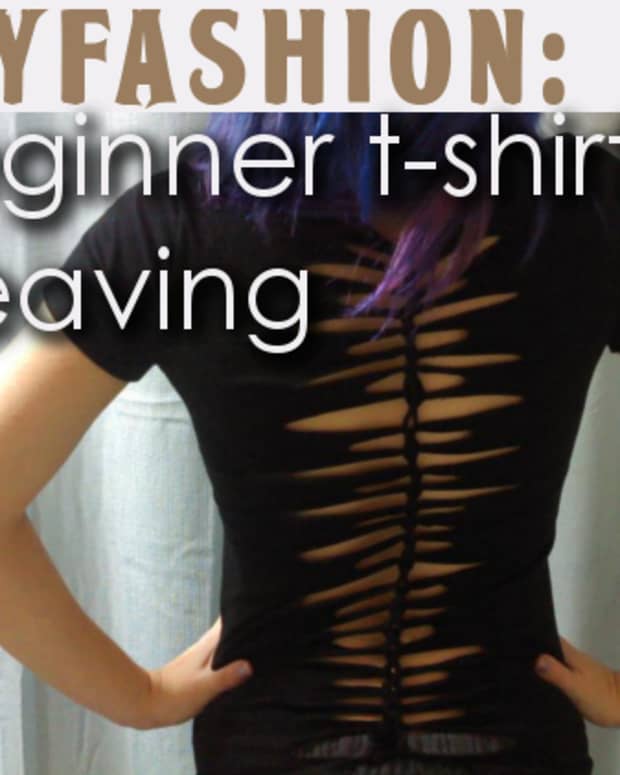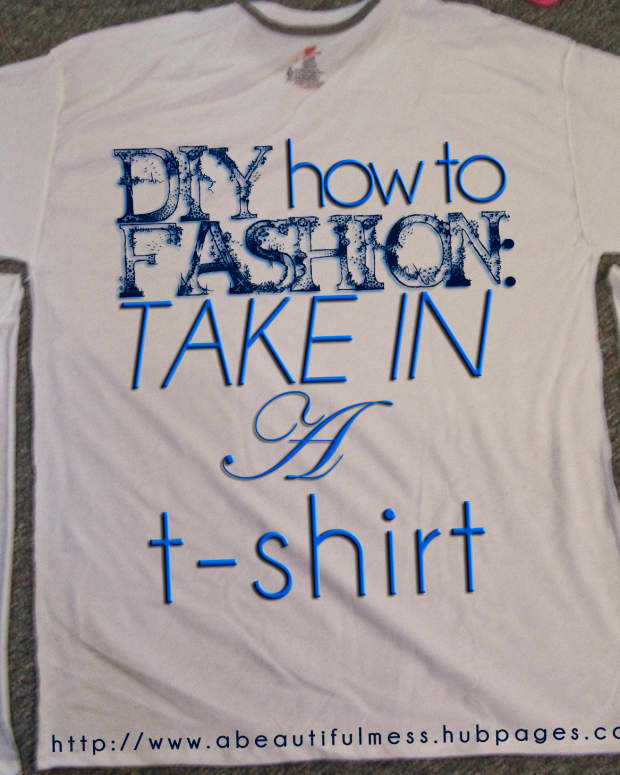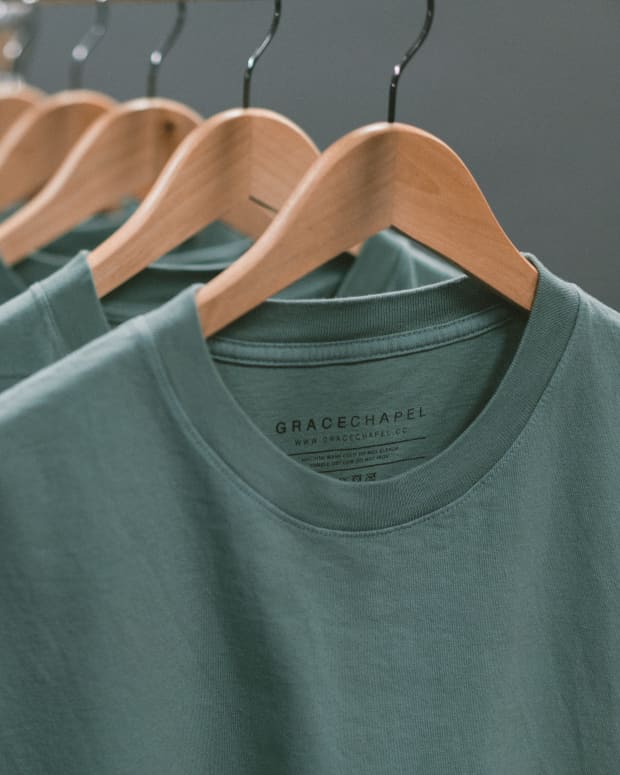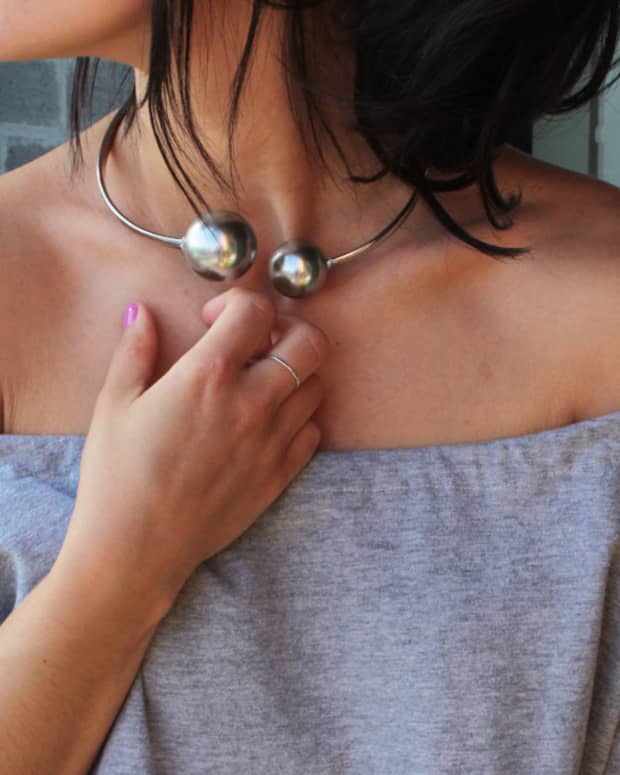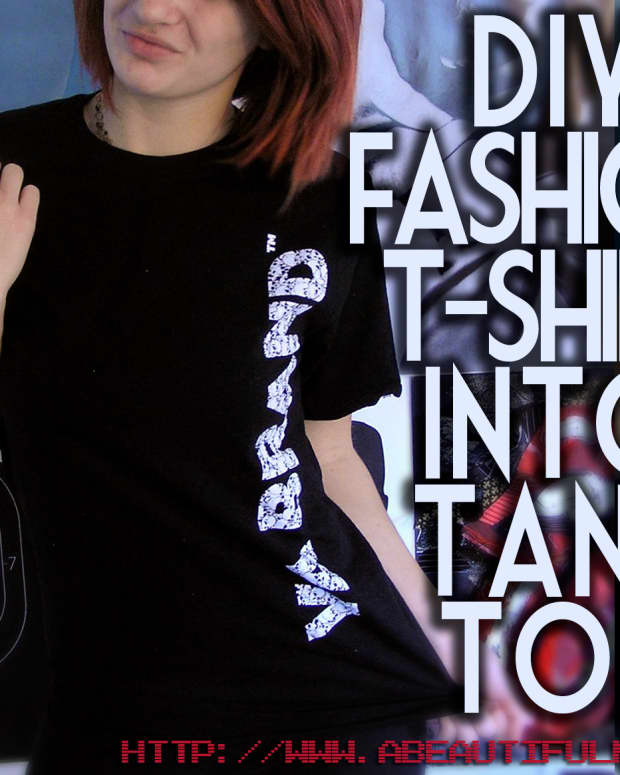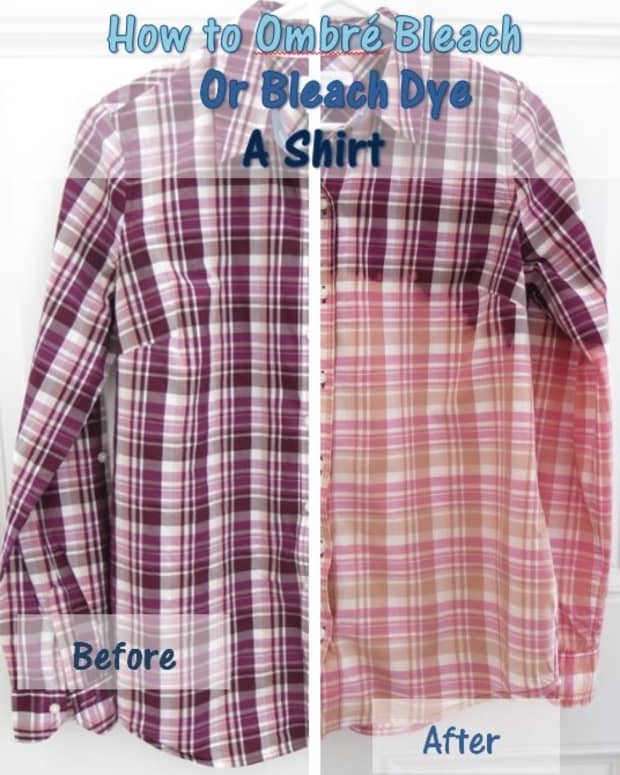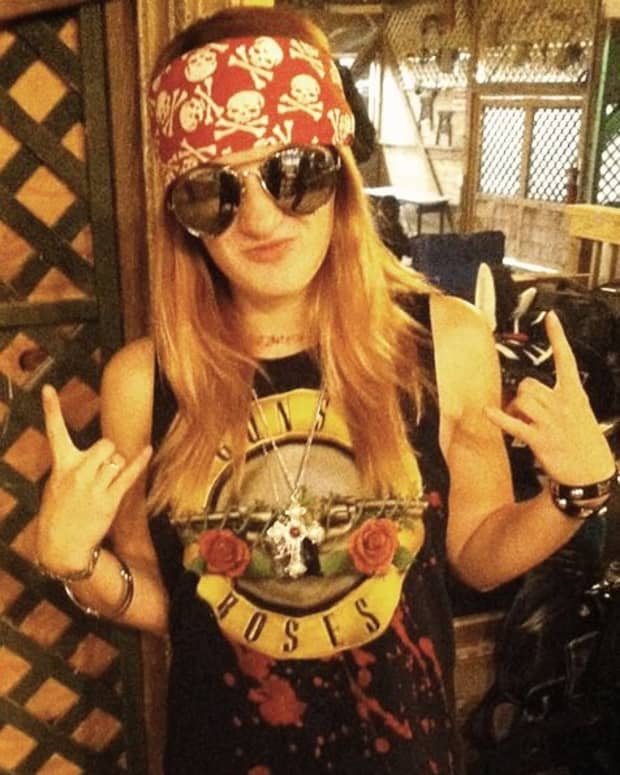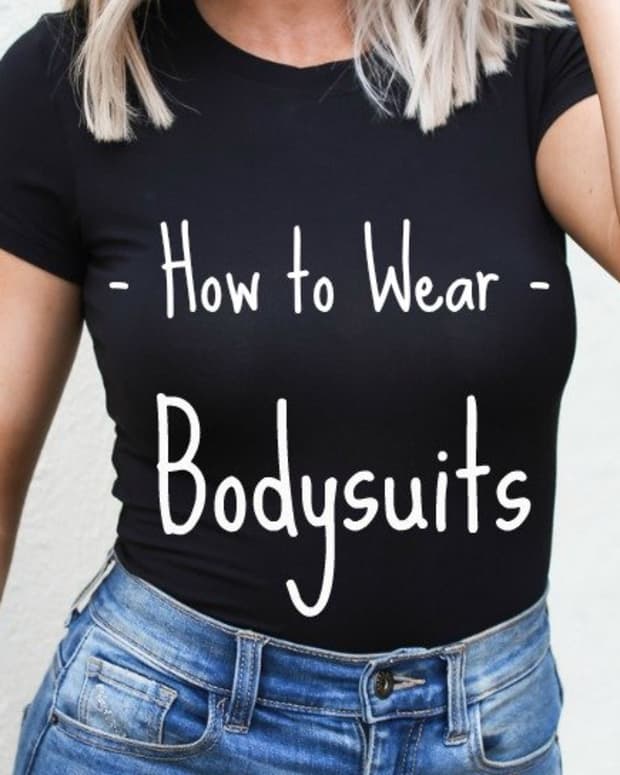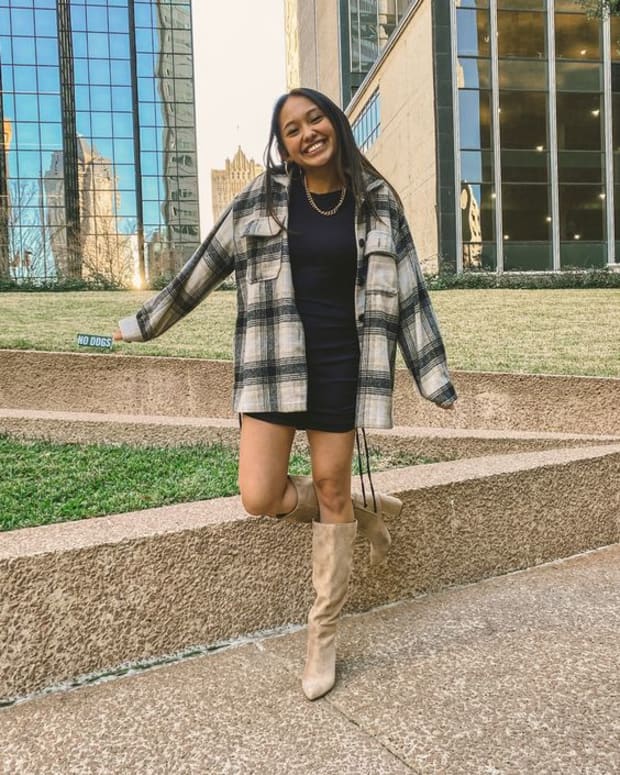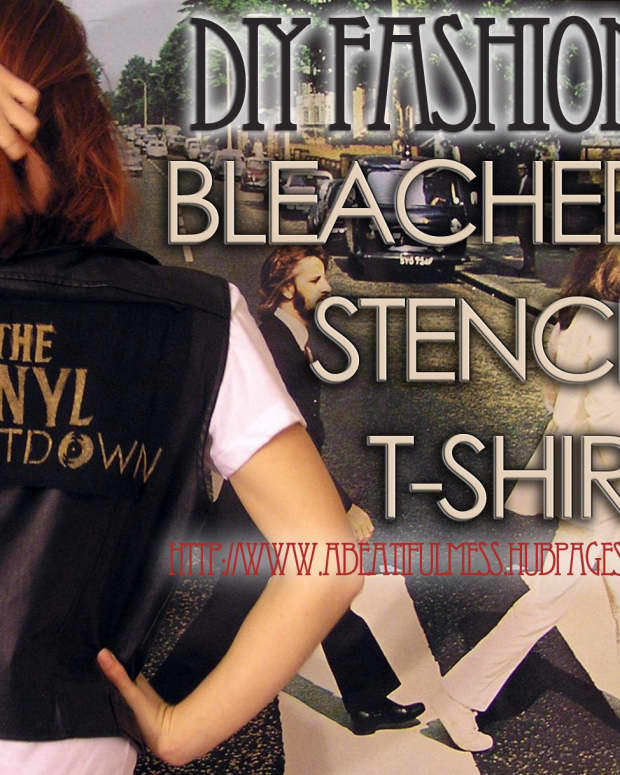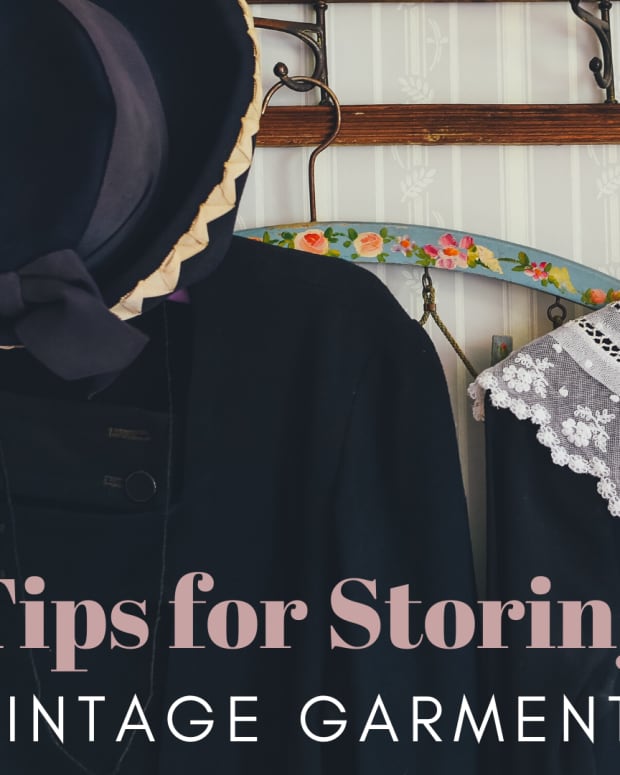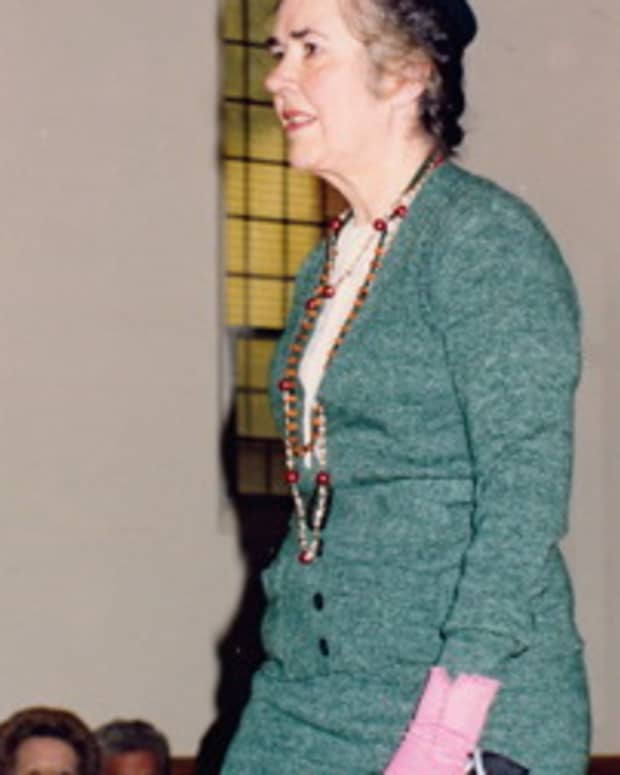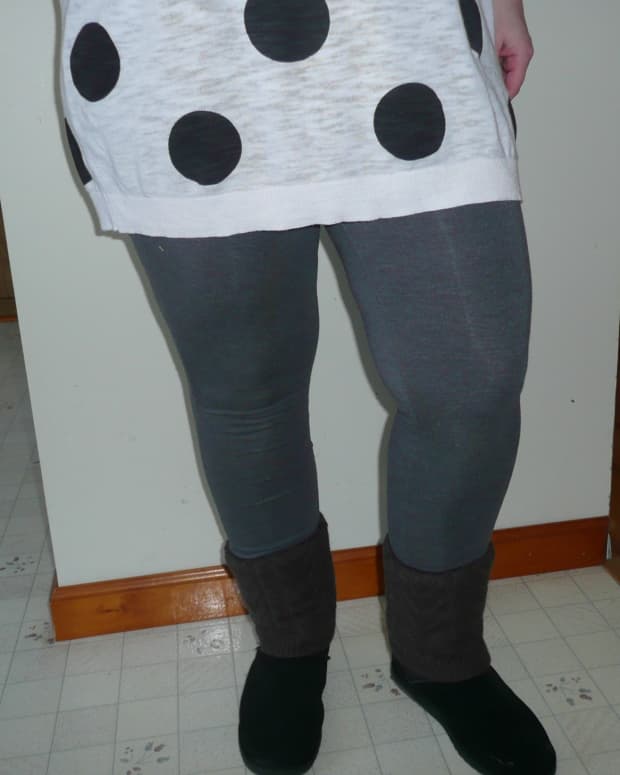How to Identify Vintage Hawaiian Shirts
From the earliest years when Christian missionaries decided that the traditional Native Hawaiian style of dress wasn't proper, the garment industry in Hawaii grew to be one of the most unique in the world.
For tourists, these now-vintage Hawaiian shirts, also called aloha shirts, became reminders of carefree days on the beach, hula girls dancing around a fire, surfers riding the waves, and beautiful tropical vistas. The preservation of memory is why these shirts became highly collected works of art displaying the flora, fauna, customs, traditions, and history of the islands in a bold and colorful style that has lived on to this day.
The special attention to detail found in a vintage Hawaiian shirt makes owning one a true pleasure. This short guide will help give you confidence in your ability to identify a vintage Hawaiian shirt in a world full of reproductions and new issues. With the simple guidelines below, anybody can learn how to identify a vintage aloha shirt with ease. Comfortable, colorful, and addictive—these shirts demand to be noticed!

This is a near-perfect example of vintage shirt: wooden buttons, pattern-matched pocket, long collar, and bold pattern on hefty rayon.
Photo courtesy of Tommy Steele, "The Hawaiian Shirt: Its Art and History"
Quick Guide: How to ID Vintage Hawaiian Shirts
| Feature | Characteristics |
|---|---|
Fabric | Cotton, silk, or crepe de chine (early rayon) |
Necktag | Sewn down on all four sides or on two sides as a loop |
Hem | Simple, horizontal, straight |
Collar | Loop-closure style (also called two-way collar), no stays |
Stitching | Usually double-stiched |
Buttons | Carved wood, coconut shell, metal, seashell, or early plastic (intricately patterned cat eye style) |
Buttonholes | Usually horizontal |
Pockets | One or two. Pattern-matched to background fabric. |
Place of manufacture | Hawaii (or specific Hawaiian area; e.g., Honolulu) |
Fabric and Necktag
- Fabric: The material of the earliest shirts were silk and cotton, but by the mid-1920s, with the introduction of rayon by Dupont, rayon became the material of choice. The earliest rayon (pre-1960s) has a different heft, sheen, and feel compared to the rayon used today. The best thing to do is learn how it feels in your hand. Many people refer to the early rayon as "crepe de chine" because of its heft and hand feel. Once you have felt it a few times, today's shirts feel so inferior.
- Necktag: The necktags on vintage shirts have a distinctive look and are typically sewn in one of two manners: on all four sides into the back of the shirt, or as a "loop" with stitches on two sides. Modern necktags tend to be sewn only at the top with the tag hanging straight down. Also, with practice you will learn to recognize vintage companies, logos, text, and places of manufacture (see below for more information on place of origin and manufacture).
Hem, Collar, and Stitching
- Hem: Simple horizontal straight cut, as the shirt is meant to be worn outside the trousers.
- Collar: Loop-closure style, sometimes referred to as two-way collars. The collars from the 1940s were long and floppy, similar to the style later re-adopted in the '70s. By the 1950s the collar had shrunk slightly. Vintage Hawaiian shirts almost never have any kind of collar stay. The cut is meant to be carefree and unstructured. You will occasionally find collar stays in shirts made in the 1960s and later.
- Stitching: Check the stitching on the arm and side seams. Generally, vintage shirts have two rows of stitching to join the seams.

Here are two types of vintage buttons (there are other types of vintage buttons, as well).
Photo courtesy of author.
Buttons and Buttonholes
- Buttons: The earliest and best vintage Hawaiian shirts have buttons made of carved wood, coconut shell, seashell, or metal. Later, plastic buttons came into use. The earliest plastic ones are a simple cat's eye style, some with intricate and distinctive patterns. Again, it is subtle features like buttons that really set a nice vintage men's aloha shirt apart from its modern counterparts.
- Buttonholes: On vintage shirts, buttonholes are generally horizontal.
Pockets
- Number: Can have either one or two pockets.
- Pattern: Vintage shirts have a common feature—the pockets are pattern matched. It costs more money to ensure that the pocket pattern matches the background pattern, so many companies don't bother. A higher-quality shirt will have a perfectly matched pocket. This really makes a shirt look more tailored and professional and is well worth the extra money.
Place of Origin and Manufacturer
Needless to say, the best vintage Hawaiian shirts are made in Hawaii. Look for this information on the necktag. Sometimes it will be more specific and say "made in Honolulu" or some other specific area of Hawaii. There are also many quality and stylish men's aloha shirts that are made in California or Japan. Modern rayon Hawaiian shirts are generally made in Korea, China, or the United States.
Read More From Bellatory
Just as learning to spot a vintage necktag is important, so is learning the various manufacturers. Sometimes a tag may appear new to you until you learn to recognize them.
Famous Vintage Makers (Partial List)
- Shaheens
- Kamehameha
- Diamond Head
- Iolani
- Kahala
- Champion (Duke Kahanamoku's label)
- Watumull's
- Royal Hawaiian
Go Out and Hunt!
Finding vintage Hawaiian shirts is well worth the effort. Some collectors will pay hundreds or even thousands of dollars for an authentic and beautiful example.
In terms of where to find good examples, online sites like ebay are an obvious place to start. Of course if you have a trip planned to Hawaii, you'll get to enjoy visiting local shops and talking to their knowledgeable owners. But even if you don't have a Hawaiian vacation on the horizon, it never hurts to check any thrift or consignment shop you come across. Since the aloha shirt has been a popular souvenir for honeymooners, servicemen, and other tourists for many decades, they can often show up in the unlikeliest corners of land-locked America.
For more in-depth information, check out some of the resources listed below. I want to particularly recommend any book by Tommy Steele. His book Hawaiian Shirt: Its Art and History, published in 1984, is sometimes referred to as the bible amongst collectors.
Mahalo for reading!
More Information and Resources
- The History of the Hawaiian Shirt |Innovation | Smithsonian Magazine
From kitsch to cool, ride the waves of undulating popularity of a tropical fashion statement. - The Not-So-Chill History of Hawai‘i’s Breeziest Shirt | Atlas Obscura
The aloha shirt has many possible inventors and a long, fraught cultural history. - 7 Gentle Ways to Get Rid of That "Thrift Shop" Smell From Vintage Clothing | DenGarden
Natural tips and tricks to eliminate odor from your vintage clothing that cannot be placed in the wash.
Comments
Scott on October 19, 2019:
Contact Bailey’s on Waikiki beach... 15,000 plus shirts , they’ll get you hooked up .
Trish on March 30, 2019:
Thank you very much for you info, it is very helpful!
Corey from Northfield, MA on April 29, 2015:
I sell vintage clothing on eBay and have been trying to find a good quality Hawaiian shirt for some time with no luck. Your Hub gives me even more information when it comes to finding a quality shirt. Thanks, good stuff! Mahalo.
Jeff on May 20, 2013:
Really helpful, informative and interesting! Good stuff!
Seakay from Florida on June 15, 2010:
This was an interesting presentation! So, they covered their "nakedness" with unique apparel. I LIKE IT!


